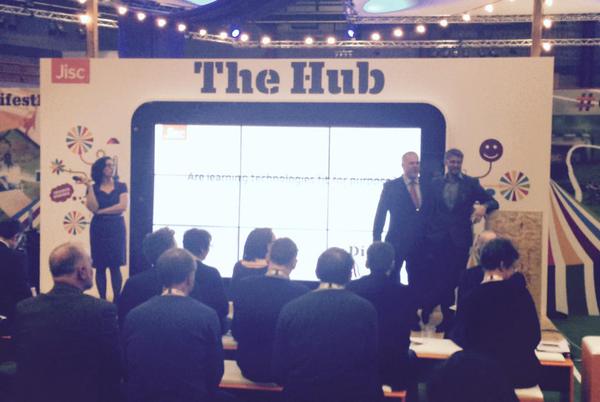|
Listen to this post
Getting your Trinity Audio player ready...
|
It’s well past time we got these resources available for anyone to use, and I’m glad we’re managing it now. The intention is to give not just a sense of what activities go into a Visitors and Residents workshop, but also what the motivations for such a workshop might be, and what kinds of larger context and conversations surround and emerge from the workshop activities.
What I’d like to talk about here, in addition to participating in announcing the availability of the workshop guide, is what the maps are for. Anyone who’s seen me or Dave or Lawrie talk about Visitors and Residents might be forgiven for thinking that the whole point of the exercise is the map. We use the maps in our talks, in publications, we show them and point to them and talk around them. We have people produce maps in conference presentations, workshops and professional development events, in student orientations/inductions. Dave has written a nice review of various ways the mapping has been used and developed, here.
We spend a lot of time with these maps.
The maps are not the point.
I’ve been thinking about the mapping process, and what sort of thing it is to me. In my practice, it’s been a way of helping me visualize the practices of the individuals we were interviewing as a part of the original Visitors and Residents research project. The interviews we conducted yielded a rich amount of information, and it was occasionally necessary, especially when talking about our research results, to have a relatively easily accessible way of representing practice, while talking about the complexities of people’s engagements with technology and the web.
I use other sorts of mapping processes in my research–the other one that looms large in my practice is cognitive mapping. In each case, whether V and R mapping or cognitive, the map is the starting point, a way to begin a conversation or anchor an interview around something concrete, a challenge to find in something as hard to materially capture sometimes as digital practice.
Any of these maps are not themselves the participants’ practices, but are representations of a recollection of practice. They make sense once they are talked about, once the larger context is revealed. This is why they are particularly useful in workshop contexts, they can stimulate reflection and conversation that can lead to determinations to transform practice, given what participants learn about themselves, and also the practices and motivations of others.
So as with any instrument used in research or in applied contexts, the mapping process needs to be engaged in and analyzed with a broader sense of what else is going on–the interviews or conversations that happen after the mapping are at least as (if not more) important than the maps themselves. They should not be mistaken for holistic representations of practice–how can they be? They are snapshots of remembrances, people forget things on their maps that they call out in subsequent conversations. To mistake the maps for the result is to misconstrue the point of a workshop, a reflective exercise, an interview prompt.
This is a major reason why the guide is more than just activities, but contains long stretches of reflections that Dave, Lawrie and I have written about what might emerge, what it might mean, and how to explore what comes out of the initial mapping process.
Those explorations are the point. The maps never have been.
I hope those of you who take up this guide and run your own workshops have fun with it–I have always enjoyed doing them, even as they are exhausting (do it with a partner! You can take turns and not die at the end!).
Please let us know how you get on.
